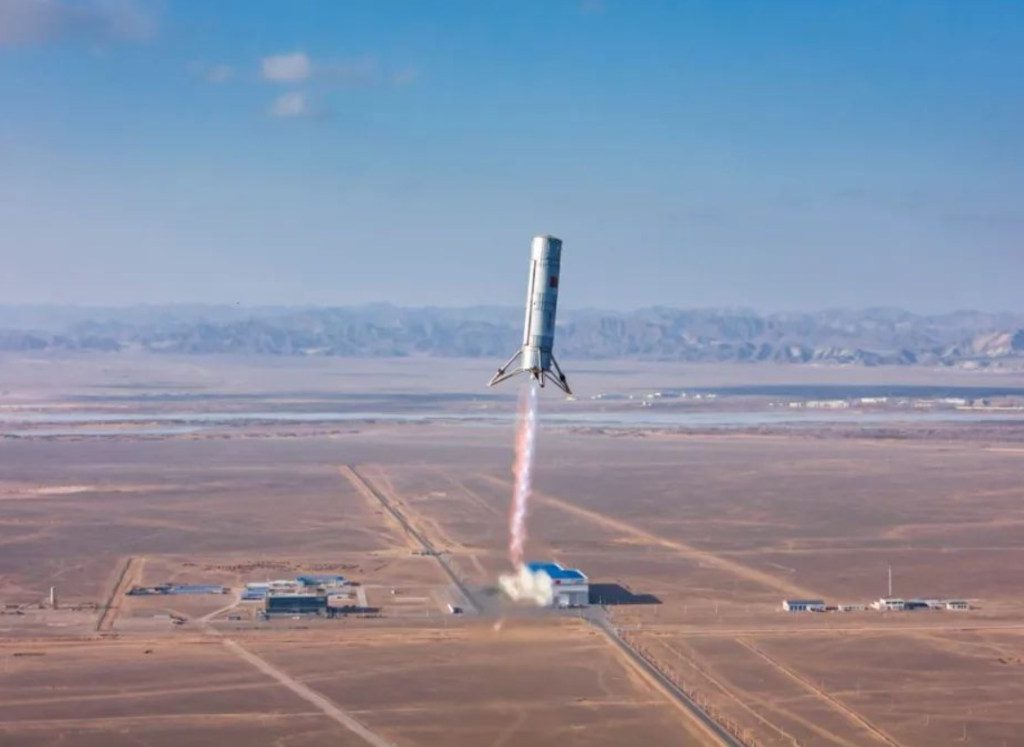China's space launch capabilities are set to expand significantly in 2025, with new Long March rockets and commercially-developed launch vehicles scheduled for their first flights. These new systems are expected to enhance the country's overall access to space, with a focus on cost-effective, reusable, or regularly flown launchers. The new rockets will compete for a range of contracts, including those related to China's ambitious megaconstellation projects—Thousand Sails and Guowang—and space station cargo missions.
One of the key developments is the Long March 8A, a more powerful variant of the Long March 8. The rocket will feature a larger second stage, increasing payload capacity to 7,000 kilograms for a 700-kilometer sun-synchronous orbit (SSO). The Long March 8A could have its first flight as soon as January 19, 2025, according to marine navigation warnings. The China Academy of Launch Vehicle Technology (CALT), under the China Academy of Space Technology (CASC), has also ramped up production of engines for these rockets.
Another significant project is the Long March 12A, which will undergo a vertical takeoff, vertical landing (VTVL) test between January 14-16. This rocket, developed by the Shanghai Academy of Spaceflight Technology (SAST), will be reusable and may feature methane-liquid oxygen engines. The Long March 12A is expected to reach an altitude of approximately 75 kilometers, simulating a first-stage flight.
Chinese commercial launch companies are also poised to make significant strides in 2025. Landspace, for example, is preparing for the first orbital launch of its Zhuque-3 rocket, which will feature a 21,000-kilogram payload capacity to low Earth orbit (LEO). Similarly, Space Pioneer aims to launch its Tianlong-3 rocket, a project that faced a setback in 2024 due to a testing incident but is now on track for 2025.
Additionally, other companies like Galactic Energy and Deep Blue Aerospace are planning to debut new rockets, such as the Pallas-1 and Nebula-1, both designed for low-cost and reusable space missions. The new vehicles will help China maintain its competitive edge in the space launch market, with an eye toward both domestic and international contracts.
While competition among these companies is expected to be fierce, the introduction of these new rockets will increase China's launch rate and enhance its capabilities for megaconstellations and other space-related endeavors. However, geopolitical challenges could still impact the country's ability to attract international payloads.
